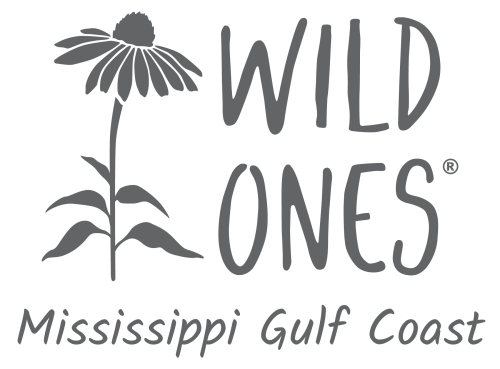Welcome to Wild Ones Mississippi Gulf Coast Seedling Chapter!
Our chapter is based at the Mississippi State University Coastal Research and Extension Center in Biloxi, MS. We are coordinated through the Mississippi Master Naturalist Coastal Chapter in congruence with other programs at our office such as the Native Plant Producer Network, Living Shorelines, Mississippi Sound Estuary Program, and SWAPS. Within the Wild Ones Mississippi Gulf Coast Chapter, our goal is to spread awareness and education to the community about the importance of native habitat restoration by gardening with native plants. We do this through a delicious mix of outdoor learning, community outreach, and research. We enjoy promoting environmental stewardship and gardening with native plants to preserve biodiversity through preservation and restoration.
Wild Ones chapters are a space where like-minded people gather to support each other in learning about landscaping with native plants and to share with others in their communities and networks about why it’s important to reintroduce native plants into public and private gardens and how to go about doing it. Chapters are where change happens. We are excited to offer local residents of all ages the opportunity to expand their impact in the natural landscaping movement and help promote native plants!
Upcoming events include: pollinator garden installation, bioblitz, moth night, seed bomb making, and more!
Join us today! We are looking for members to help us become a fully chartered chapter. Become a member and become a part of a community passionate about restoring habitat through native gardening. If you have any questions, please email us at [email protected]. If you are a certified Mississippi Master Naturalist, please reach out to the MS Master Naturalists Coastal Chapter Coordinator on how to get involved.
Join our email list to be notified of upcoming events we’ll be at!

